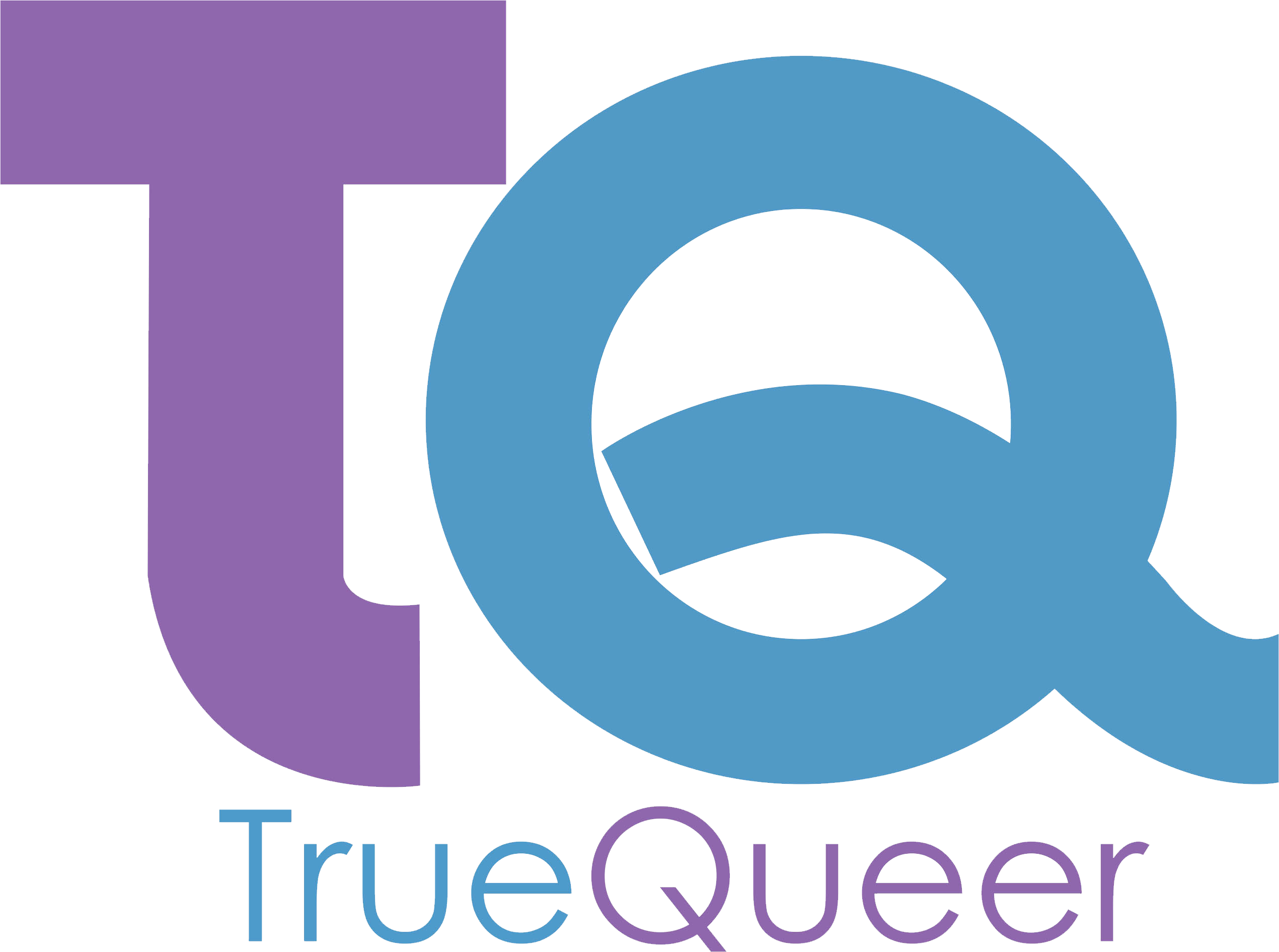Introduction

In a world evolving towards greater acceptance and inclusivity, the realm of relationships, particularly among same-sex couples, has witnessed significant transformations. The intricate interplay between societal recognition, evolving relationship dynamics, and the exploration of open relationships has given rise to a complex landscape that demands careful examination. This article delves into the various aspects of same-sex relationships, shedding light on the challenges and trends that have emerged within this shifting paradigm.
The Influence of Societal Recognition on Same-Sex Relationships

Societal recognition plays a pivotal role in shaping the dynamics of any relationship. For same-sex couples, however, this recognition carries unique implications. In countries like Serbia, where same-sex relationships are not officially recognized, individuals often find themselves navigating a perplexing terrain. The absence of legal protection for same-sex rights can contribute to difficulties in distinguishing between friendships, casual flings, and committed relationships. The lack of a clear societal framework can make it challenging for these couples to establish norms and expectations.
“Friends with benefits” is a type of relationship arrangement where two individuals engage in a sexual relationship without the emotional attachment or commitment typically associated with a romantic partnership. In the context of a same-sex relationship, the dynamics of a “friends with benefits” arrangement can share similarities with those in opposite-sex relationships, but they are also influenced by the unique nuances of same-sex connections.
How a “friends with benefits” setup might work within a same-sex relationship

Please follow us on Facebook.
a. Mutual Consent: Setting the Foundation
Just like in any relationship, the foundation of a “friends with benefits” arrangement is mutual consent. Both individuals should openly communicate their intentions, desires, and boundaries to ensure that both parties are on the same page.
b. The Physical Intimacy Factor: Beyond Emotional Commitment
The primary aspect of a “friends with benefits” relationship is the physical component. Partners engage in sexual activities without the expectation of emotional commitment or exclusivity. This could involve sexual encounters, physical affection, and intimacy without the traditional trappings of romantic involvement.
c. Communication: The Glue that Holds it Together
Clear and open communication is essential to maintain a “friends with benefits” arrangement. Both individuals need to regularly discuss their feelings, expectations, and any changes in the relationship dynamics. This helps avoid misunderstandings and ensures that both partners remain comfortable with the arrangement.
d. Navigating Emotional Boundaries: Balancing Passion and Feelings
While the arrangement is primarily focused on physical intimacy, it’s crucial to establish emotional boundaries. Partners should be cautious not to develop romantic feelings or become emotionally dependent on each other, as this could complicate the dynamics of the arrangement.
e. Respecting Individual Lives: A Fine Balance
In a same-sex “friends with benefits” relationship, partners should respect each other’s individual lives, including their dating or romantic pursuits outside of the arrangement. This helps maintain a healthy level of independence and prevents unnecessary jealousy or possessiveness.
f. Regular Check-Ins: Ensuring Alignment
Regular check-ins allow partners to assess how the arrangement is working for both parties. These conversations provide an opportunity to address any concerns, make adjustments, or even decide to end the arrangement if it no longer aligns with their needs.
g. Transitioning with Grace: Navigating Closure
If the “friends with benefits” arrangement comes to an end, partners should be prepared to have a thoughtful conversation about transitioning back to a platonic friendship. This can help ensure that both individuals are comfortable moving forward, whether it’s as friends or with some distance.
Understanding Individual Compatibility: Not One Size Fits All

It’s important to note that while “friends with benefits” relationships can work for some individuals, they may not be suitable for everyone. People have varying emotional needs and expectations, and what works for one person might not work for another. Open communication, honesty, and a clear understanding of boundaries are key to navigating any kind of relationship, including a “friends with benefits” arrangement within a same-sex context.
The Ambiguity of Relationship Labels and Definitions: A Dynamic Spectrum of Connection

Sign up for more LGBTQ+ news and updates at TrueQueer.
In an era where the intricacies of human relationships continue to evolve, the notion of defining relationships within the realm of same-sex couples has taken on a captivating complexity. Breaking free from traditional molds, the younger generation has ushered in an era of exploration, redefining the very essence of partnership.
Breaking Away from Conventional Constructs
Gone are the days when relationships were confined to simplistic labels. The contemporary landscape is marked by a rebellion against conventional constructs, allowing individuals to forge connections that resonate with their authentic selves. What was once a linear trajectory of courtship, dating, and exclusivity has given way to a tapestry of possibilities, where the lines between “friends with benefits,” “dating,” and “being in a relationship” are beautifully blurred. This departure from rigidity allows same-sex couples to craft relationships that honor their individuality and unique journeys.
Fluidity as a Form of Liberation
The fluidity in relationship labels and definitions represents a form of liberation, granting individuals the agency to navigate their connections with intentionality. This liberation goes beyond mere linguistic semantics; it embodies a paradigm shift that challenges normative expectations and invites a reimagining of love and commitment. In a society where same-sex couples have historically been marginalized, this fluidity serves as a powerful tool for reclaiming autonomy over their relationships.
The Language of the Heart
As we delve deeper into this intricate tapestry of connection, it becomes evident that the language of the heart transcends rigid definitions. For some, a label might limit the boundless expanse of emotions that blossom between two souls. The ambiguity that outsiders might perceive as confusion is, in reality, a canvas upon which couples paint the hues of their emotions, unburdened by societal expectations. The absence of a fixed lexicon allows same-sex couples to communicate with the raw authenticity that love demands, unrestricted by the constraints of labels.
A Tapestry Woven with Intent

Rather than a lack of clarity, the ambiguity of relationship labels emerges as a deliberate choice—a tapestry woven with intent. This deliberate ambiguity enables couples to tailor their connections to their unique needs, desires, and aspirations. The absence of predefined norms invites a constant dialogue between partners, fostering a deeper understanding of each other’s emotional landscapes. This dialogue isn’t limited to defining the relationship but extends to an ongoing exploration of what it means to be partners in a world where their love story is both revolutionary and profound.
In unraveling the enigma of relationship labels and definitions among same-sex couples, we unearth a captivating truth: that love, connection, and authenticity refuse to be confined by words alone. The ambiguity that outsiders might perceive is, in reality, a canvas of liberation, where individuals have the power to transcend expectations and chart their own course. As we navigate this ever-evolving terrain, one thing remains certain: the beauty of same-sex relationships lies not in their adherence to predefined labels, but in their audacious embrace of the undefined, the uncharted, and the extraordinary.
Follow us on Facebook
![]()

![[Insights Into Queerness] Exploring the Uncharted: 7 Secrets of Same-Sex ‘Friends with Benefits’ Dynamics and the Liberating Ambiguity of Modern Relationships [Insights Into Queerness] Exploring the Uncharted: 7 Secrets of Same-Sex ‘Friends with Benefits’ Dynamics and the Liberating Ambiguity of Modern Relationships](https://truequeer.com/wp-content/uploads/2023/08/nathan-dumlao-VJHb4QPBgV4-unsplash-1365x2048.jpg)